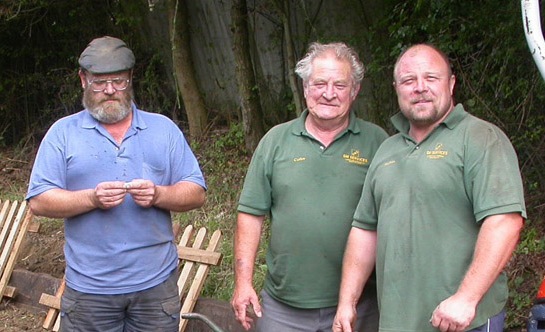One of the truisms of modern industry is we’re going to need more workers with data skills. Could it be actuaries will be the profession of the information age.
Much of the focus around how companies will deal with an information rich age come down to the need for ‘data scientists’, those with a combination of statistical, analytical and coding skills will be required to coax insights out of complex and rapidly changing data sets.
At a Future of PR meetup in Sydney earlier this week, one of the panellists raised the possibility that tomorrow’s most valued agency employees will be actuaries as data analytics comes to dominate the industry.
That boring old actuaries – one particularly cruel joke is atuaries are accountants who failed the personality test – could be the hottest profession in the sexy PR industry is quite a delicious scenario.
Should that turn out to be the case though, it won’t just be the PR industry chasing actuaries, almost every industry is going to demanding the same set of skills.
In a strange way it could be the staid professions of today that are the exciting jobs of tomorrow, we’ll reserve judgement on the actuaries though.




